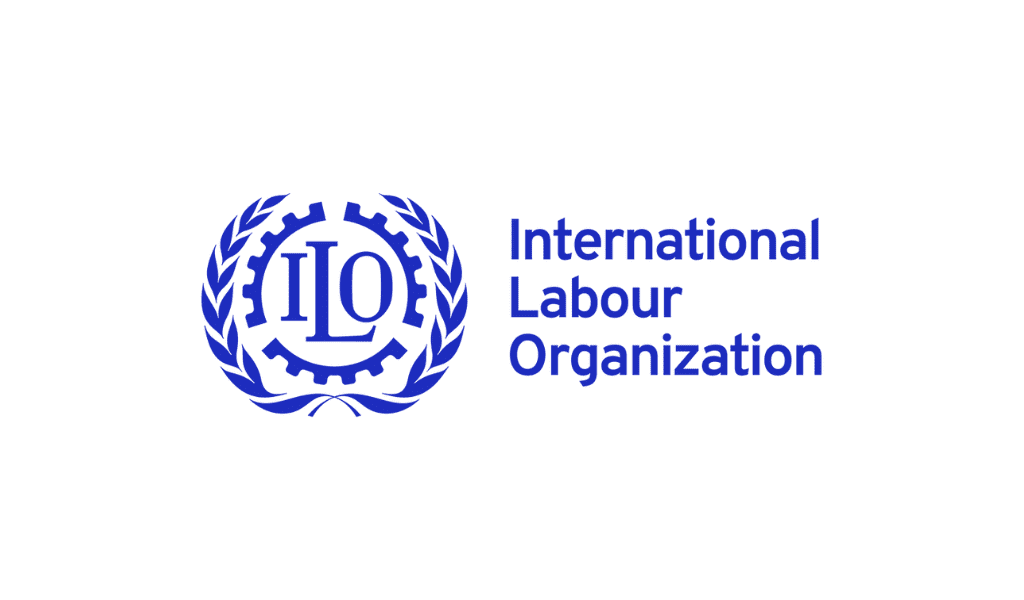2024 promises to keep HR leaders on their toes with compliance changes around AI, worker safety, and retirement readiness.
By Pamela Lacy
In the early months of 2024, HR leaders across the country are finalizing budgets and strategies for the upcoming year. Before firming up plans, they’ll need to ensure they’re factoring in the regulatory and compliance changes that 2024 will bring. As in years past, this year will bring a mix of regulatory changes that may impact the way business is done.
Here are the key compliance issues HR needs to keep an eye on.
AI and New Technology
As digitalization efforts continue across industries and artificial intelligence (AI) use expands, regulators will likely continue strengthening guidance related to its development, use, and reach. The power of AI was a defining topic across sectors in 2023, and that’s not going to change with the new calendar year. If anything, regulations around the technology are likely to become more common over the next 12 months as generative and other AI tools extend their reach into both public and private life.
In October 2023, the Biden Administration kicked off federal-level AI guidance with its executive order (EO) on AI. The EO establishes a wide array of baseline standards for AI use, designed to:
- promote AI safety and security;
- protect Americans’ privacy;
- advance equity and civil rights;
- safeguard consumers and workers; and
- promote innovation and competition.
Though the order was the first of its kind in the U.S., it likely won’t be the last. Legislators at state and federal levels have already indicated their intentions to establish further guardrails for responsible AI use in 2024.
Data privacy and cybersecurity guidance will also be top of mind for governing bodies in 2024, as the threat cyberattacks pose to American businesses and government entities is more pressing than ever before. In 2023, five states—California, Colorado, Connecticut, Utah, and Virginia—added data-related legislation to the books, and five more (Florida, Montana, Oregon, Texas, and Washington) passed similar provisions set to take effect in 2024.
Legislators at state and federal levels have already indicated their intentions to establish further guardrails for responsible AI use in 2024.
Worker Safety
The coming year will also bring changes to worker health and safety standards. The Occupational Health and Safety Administration (OSHA) will update its workplace safety guidance in 2024, focusing on revising established rules related to designated high-hazard industries. The new guidance requires covered employers—in general, those in high-hazard industries with more than 100 employees—to submit reports on injuries and illnesses electronically, which may mean businesses need to invest in new digital systems to maintain compliance.
State-approved OSHA plans also instituted standards to protect workers amid extreme heat. As severe weather events become more common, less predictable, and more impactful, OSHA may also explore the need to update guidance related to other natural hazards. Employers—especially those managing workers who are exposed to the elements—in areas with frequent severe weather may want to monitor movement in this arena to ensure ongoing compliance.
Wage and Hour
Wage and hour regulations are expected to have significant changes in 2024 with impacts for both employers and employees. Several jurisdictions adopted new fair-scheduling ordinances at the end of 2023, and the U.S. Department of Labor (DOL) is poised to announce its final ruling on changes to the overtime rule under the Fair Labor Standards Act in the 2024 calendar year. Despite the uncertainty of when the final rule will be published, HR leaders should be prepared for potential business impacts, including which employees will be affected, how it will drive budget changes, payroll procedures, and employee morale due to wage compression.
Though the federal minimum wage remains at $7.25 an hour, advocates of an increase have won state- and local-level victories nationwide. In fact, Jan. 1, 2024, brought an almost-record-breaking number of local and state minimum wage increases. Of those increases, more than 20 were state-level changes, and 13 of those increases (including in California and South Dakota) occurred due to inflation-indexing practices. Two other states—Maryland and New York—raised their minimum wage thresholds to $15.00.
Furthermore, ballot items related to minimum wage legislation are expected to appear throughout the country in 2024, including in Alaska, Arizona, Michigan, Missouri, and Ohio, among other locales. Tracking the progress of these laws will be critical for employers operating in multiple cities or states in the new year.
Preparing Workers for Retirement
Today, HR leaders have a variety of opportunities and incentives to help employees prepare for retirement. SECURE Act and SECURE Act 2.0 have been significant items of retirement legislation with provisions taking effect in 2024, as well as clarifying guidance on provisions, including student loan matching contributions.
Pooled employer plans (PEPs) continue to be a retirement solution implemented by businesses as they pool assets of many employers into one large plan and can save employers time and money with many of the administrative tasks managed by the plan provider.
Many states, including Maine, New York, and New Mexico, are expected to launch state-facilitated workplace retirement programs in 2024. This is another area that employers are going to want to keep an eye on.
SECURE Act and SECURE Act 2.0 have been significant items of retirement legislation with provisions taking effect in 2024.
Planning for Progress
The above are among the most impactful changes employers may expect this year, but they’re far from the only regulatory issues HR leaders are likely to see in the coming months. Other topics like paid family and medical leave, pay equity, electronic worker verification requirements, and more remain top of mind as legislation related to these issues are expected to be a focus in 2024.
Tracking and complying with rapidly changing regulations is a top challenge and pain point for HR leaders. The key to success is understanding the nuances of forthcoming rules, recognizing their business implications, and being proactive in identifying changes to maintain compliance.
Pamela Lacy is the HR services senior advisor at Paychex.
















